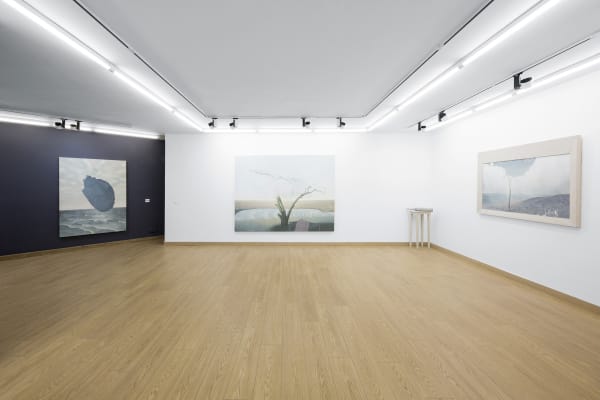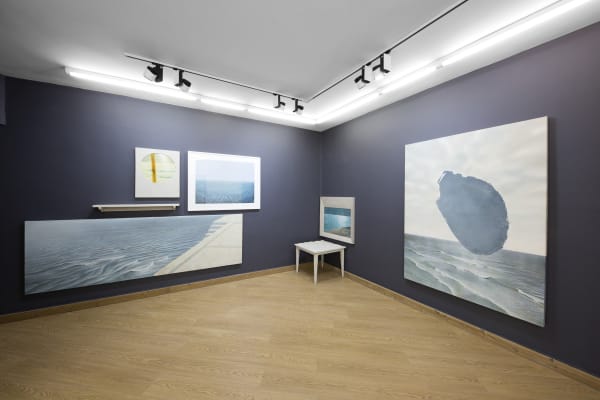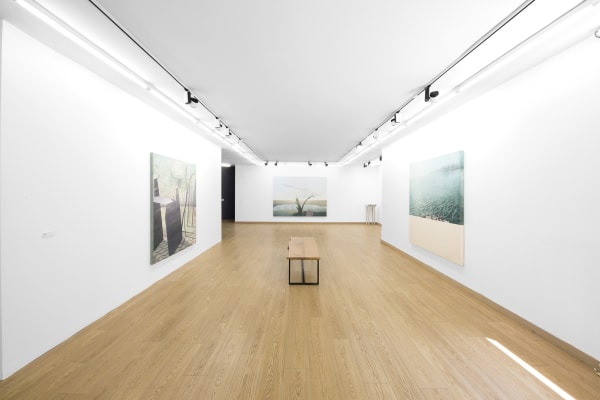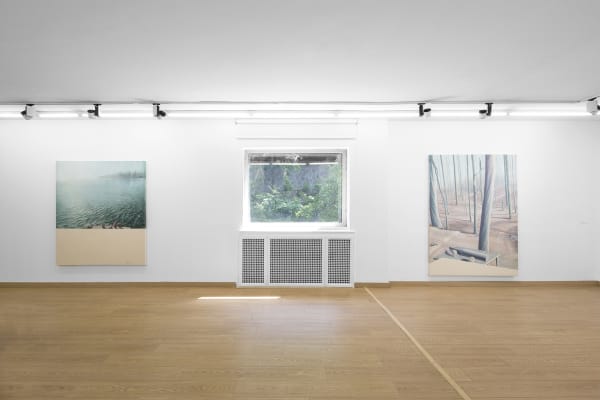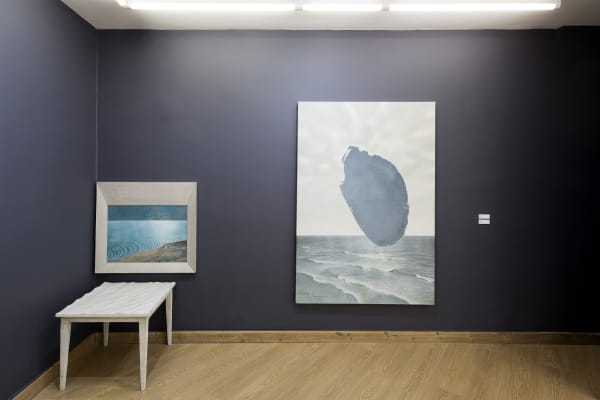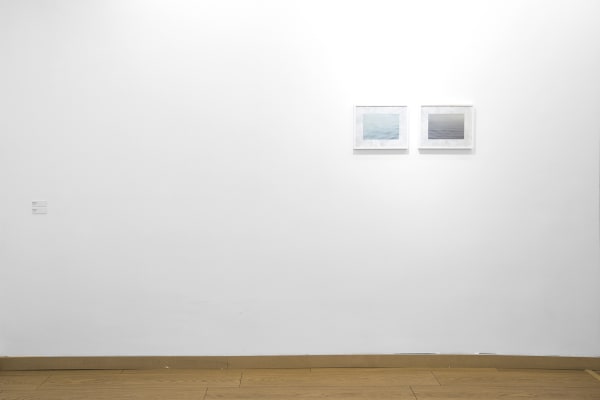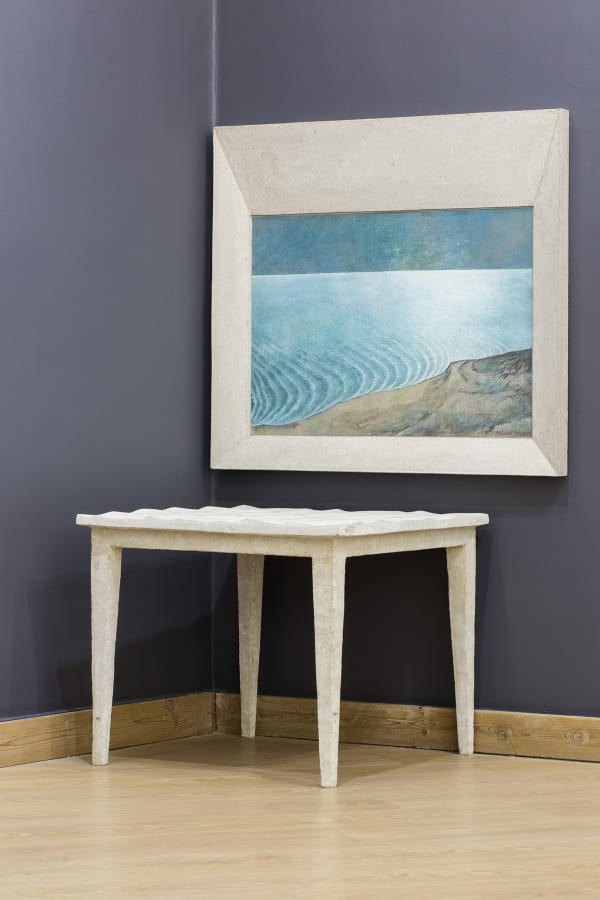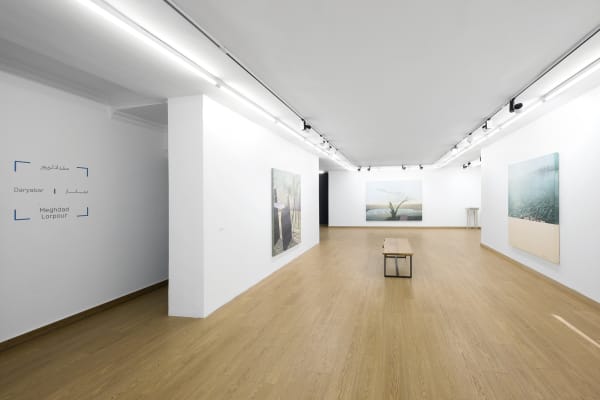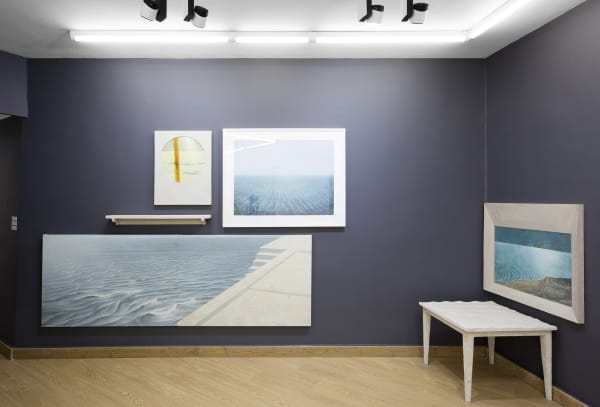Meghdad Lorpour | "Daryabar": Dastan+2
Dastan is pleased to announce “Daryábár”, Meghdad Lorpour’s first major solo exhibition at the gallery. The exhibition which will be hosted at Dastan+2 opening on May 11 and continuing through June 1, 2018, will be the artist’s first solo in four years.
Meghdad Lorpour (b. 1983, Shiraz, Iran) studied painting in Shahed University, Tehran. His work has been exhibited in three solo exhibitions, including two at Mah Art Gallery, as well as over twenty group exhibitions and international art fair presentations (most recently a solo presentation in Dastan’s booth at Sydney Contemporary 2017). “Tangab” (August 2017), a project by the artist which is now part of the this exhibition at Dastan+2, was the sixth project among Electric Room’s program of fifty projects.
“Daryábár” is a reference to the artist/viewer’s point of view when looking at most of the works in the exhibition. This Middle-Persian* word is comprised of the word “Daryá” (lit. ‘sea’) and the ‘place’-signifying suffix “-bár”. In Dehkhoda Dictionary** the word’s primary definition is recorded as “a city located at a sea’s coast” but other meanings, including “large sea” and “heavy rain” have been noted for this word.
Following his previous series of paintings which included animals in their natural habitats, the current series which has been four years in the making, focuses on nature itself —landscapes and the different aspects of the natural environment. The artist has meticulously looked at nature through certain points of view and sought to induce inner mythological layers to his settings while depicting nature.
During the period when he worked on this series, the artist visited a number of Daryábár locations to search for these points of view. His destinations included Tangab area, Lake Parishan, Lake Bakhtegan, and Hengam Island, all of which were home to ancient human settlements and possess an aura of mythological history to them. In these travels, using photography, he recorded both the effects of seasons, and human and natural interventions on these areas in order to study the ‘human’ behavior of nature. Aside from his painterly studies, he has made delicate three-dimensional objects that seem to be salvaged from the waters.
Inspecting waters whose existence is dependent on human or natural parameters, the artist seeks a sense of waiting in the works presented in this exhibition. In this aspect, using sequenced and flat compositions and vantage points imposed to the viewer, Meghdad Lorpour searches for an absence or a lack, instead of looking with the eye of a Sufi***.
* Middle Persian (c. 300 – 800 BCE)
** Dehkhoda Dictionary is the largest and most comprehensive dictionary of Persian language
*** In Sufism, daryábár is interpreted as the limitless coast of monotheism/the unity of God.
-
Lake Parishan was a freshwater lake in Iran’s Fars Province, towards east of the city Kazeroun and along Zagros Mountains and its forests. The area is a protected zone in the south of Iran. The lake’s bed is covered with small-grain sediments, plant and animal remains and reeds, that stand out of the water when water level is low. During the recent years the lake has completely dried.
-
Lake Bakhtegan, in the eastern part of Fars Province, was Iran’s second largest lake. Having been born due to the subsiding of the nearby mountains, the lake’s bed is about 70 to 100km wide. The lake’s coast is covered with white sediments (caused by vaporization) in it’s narrower areas and darker sediments in its wider zones. Today, the lake is completely dried causing dust to scatter in the area.
-
Hengam Island is located to the south of Qeshm Island near Hormuz Isthmus. Its residents earn their living by fishing, especially hunting sharks, and through tourism. The island’s silver coast is covered with black and silver sand and is blue-lit during the night by the glow edited by phytoplankton. Surrounding waters are home to dolphins who do not frequent the area as often recently due to global warming.
-
Tangab is a region near Firouz-Abad, some 90km south of the city of Shiraz in the southern Iranian province of Fars. The area is home to an ancient dam, which causes the plants and land to go under water for over three months each the year and ‘things’ to resurface after the water season. The area goes through drastic changes each year due to the flow of water into it, making it a new land each time the waters dries.


